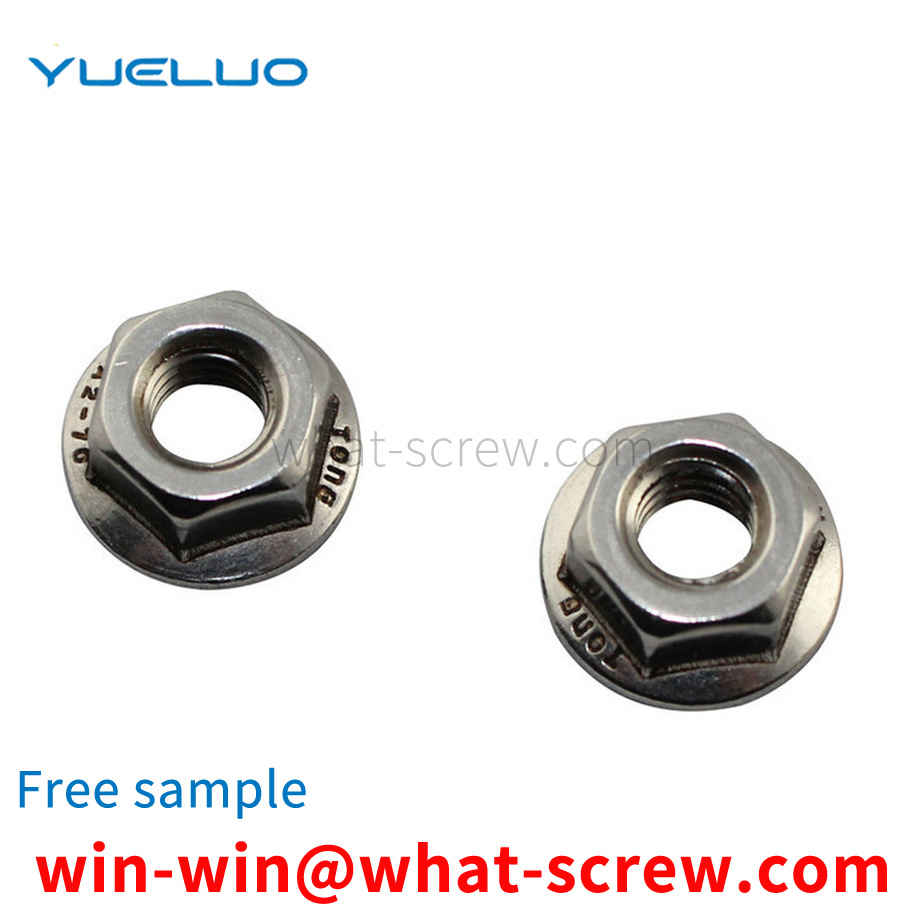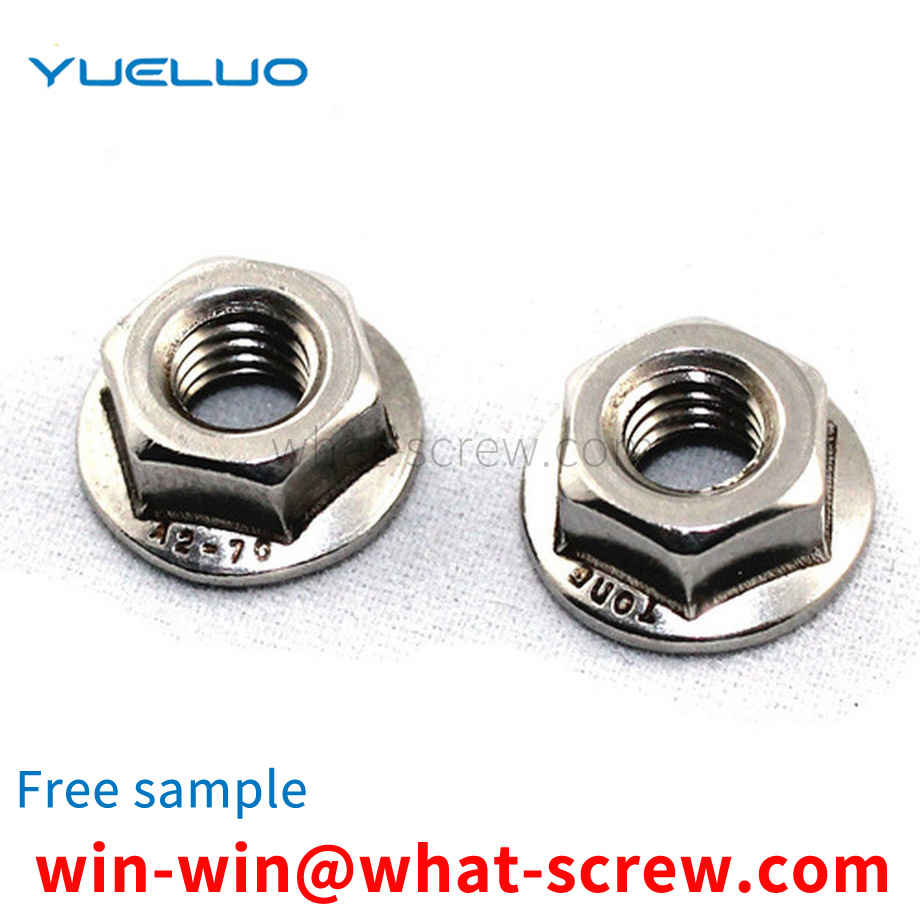Bearings are an important component in contemporary machinery and equipment. Its main function is to support the mechanical rotating body, reduce the friction coefficient during its movement, and ensure its rotation accuracy. Every time the locomotive is repaired, the end cover of the axle box needs to be disassembled, the axle head is tested for flaws and the bearing is supplemented with grease, which involves the disassembly and assembly of the axle box bearing retaining ring. The existing disassembly method is to use the traditional method of inserting two tongue pins into the gap between the bearing retaining ring and the axle box to pry left and right, and slowly separate it from the axle head. Because the clearance between the bearing retaining ring and the shaft head is small, and the adhesive force generated by the grease in the axle box is large, if the disassembly method is not appropriate or the force is not uniform, it will cause certain damage to the axle box body and the bearing retaining ring or jam. It is easy to cause damage to the bearing, and there is also the possibility of damage to the disassembly and assembly tools, so the safety risk is high, and each disassembly and assembly of the bearing retaining ring is time-consuming and laborious, labor-intensive, low-efficiency, and increased maintenance costs.
Screws and bolts are common connecting fasteners. The diameter of the thread is as small as less than one millimeter and as large as several hundred millimeters or even larger. The vast majority of threaded connections are pre-tightened during assembly in order to enhance the rigidity, tightness, anti-loosening ability of the connection and prevent the sliding of the bolted connection under lateral load. The pre-tightening force is determined according to the force of the bolt group and the working requirements of the connection. For important threaded connections, the preload must be measured and controlled.
The first person to describe the spiral was the Greek scientist Archimedes (c. 287 BC - 212 BC). An Archimedes screw is a huge spiral contained in a wooden cylinder that is used to irrigate fields by raising water from one level to another. The real inventor may not be Archimedes himself. Maybe he was just describing something that already existed. It may have been designed by the skilled craftsmen of ancient Egypt for irrigation on both sides of the Nile. In the Middle Ages, carpenters used wooden or metal nails to attach furniture to wooden structures. In the 16th century, nail makers began producing nails with a helical thread, which were used to connect things more securely. That's a small step from these kinds of nails to screws. Around 1550 AD, the metal nuts and bolts that first appeared in Europe as fasteners were all made by hand on a simple wooden lathe. Screwdrivers (screw chisels) appeared in London around 1780. Carpenters have found that tightening a screw with a screwdriver holds things in place better than hitting with a hammer, especially with fine-grained screws. In 1797, Maudsley invented the all-metal precision screw lathe in London. The following year, Wilkinson built a nut and bolt making machine in the United States. Both machines produce universal nuts and bolts. Screws were quite popular as fixings because an inexpensive method of production had been found at that time. In 1836, Henry M. Philips applied for a patent for a screw with a cross recessed head, which marked a major advance in screw base technology. Unlike traditional slotted head screws, Phillips head screws have the edge of the head of the Phillips head screw. This design makes the screwdriver self-centered and not easy to slip out, so it is very popular. Universal nuts and bolts can connect metal parts together, so by the 19th century, the wood used to make machines to build houses could be replaced by metal bolts and nuts. Now the function of the screw is mainly to connect the two workpieces together and play the role of fastening. The screw is used in general equipment, such as mobile phones, computers, automobiles, bicycles, various machine tools and equipment, and almost all machines. need to use screws. Screws are indispensable industrial necessities in daily life: extremely small screws used in cameras, glasses, clocks, electronics, etc.; general screws for televisions, electrical products, musical instruments, furniture, etc.
The process of removing iron oxide plate from cold heading steel wire rod is stripping and dephosphorization. There are two methods: mechanical dephosphorization and chemical pickling. Replacing the chemical pickling process of wire rod with mechanical phosphorus removal not only improves productivity, but also reduces environmental pollution. This phosphorus removal process includes bending method (the round wheel with triangular grooves is commonly used to repeatedly bend the wire rod), spray nine method, etc. The phosphorus removal effect is good, but the residual iron and phosphorus cannot be removed (the removal rate of iron oxide scale is 97%) ), especially when the iron oxide scale is very sticky, therefore, mechanical phosphorus removal is affected by iron scale thickness, structure and stress state. Carbon steel wire rods used for low strength fasteners (less than or equal to 6.8) High-strength bolts (greater than or equal to grade 8.8) use wire rods to remove all iron oxide scales after mechanical dephosphorization, and then go through a chemical pickling process for compound dephosphorization. For low carbon steel wire rods, the iron sheets left by mechanical dephosphorization are likely to cause uneven wear of grain draft. When the grain draft hole adheres to the iron sheet when the wire rod rubs against the external temperature, the surface of the wire rod produces longitudinal grain marks. More than 95% are caused by scratches on the surface of the steel wire during the drawing process. Therefore, the mechanical phosphorus removal method is not suitable for high-speed drawing.
Regardless of stainless steel plate or heat-resistant steel plate, austenitic steel plates have the best comprehensive properties, with sufficient strength, excellent plasticity and low hardness, which is one of the reasons why they are widely used. Austenitic stainless steel is similar to most other metal materials, its tensile strength, yield strength and hardness increase with the decrease of temperature; plasticity decreases with the decrease of temperature. Its tensile strength increases uniformly in the temperature range of 15~80°C. More importantly: as the temperature decreases, the impact toughness of stainless steel screws decreases slowly, and there is no brittle transition temperature. Therefore, stainless steel can maintain sufficient plasticity and toughness at low temperature.
We have many years of experience in the production and sales of screws, nuts, flat washers, etc. The main products are: high-precision screws, plum blossom anti-theft screws, high-precision head stud screws, aluminum alloy screws and other products, we can provide you with fastening suitable for you piece solution.



















 Service Hotline
Service Hotline




